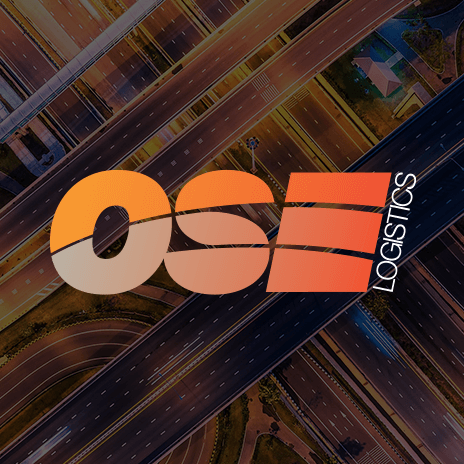
New Technology boost for Road Freight Industry
Dr Michael Milford from Queensland University of Technology’s Science and Engineering Faculty has created excitement in the road freight industry following the presentation of his paper SeqSLAM: Visual Route-Based Navigation for Sunny Summer Days and Stormy Winter Nights at the International Conference on Robotics and Automation to be held in Minnesota, USA, in May later this year. The paper, which studies how rats and mice find their way around, seems an unlikely topic to analyse, however the discoveries are expected to revolutionise driving in the road freight industry.
The aim of Dr Milford’s study is to challenge the position of the ever-present ‘Sat Nav’ by developing a technology that in time will make the ‘Sat Nav’ GPS units appear outdated. The project is ambitious given the recent developments in satellite technology however a number of fundamental weaknesses have been identified with the GPS systems. GPS systems rely on a totally reliable network space based hardware which is extremely vulnerable to any major disturbances such as increased solar activity.
Dr Milford’s research is studying a completely new field built upon visual navigation algorithms, named SeqSLAM standing for Sequence Simultaneous Localisation and Mapping, using local best match and sequence recognition components to lock in locations. GPS systems use three satellite signals as a minimum to create an exact position whereas the new research seeks to use low resolution cameras which ‘study’ their surroundings and recognise where they are.
Technology such as Google Street View has been at the forefront of such developments in satellite technology. Dr Milford’s research has been funded for three years by a grant of $375,000 (Australian) from the Australian Research Council.
He said, “My core background is based on how small mammals manage incredible feats of navigation despite their eyesight being quite poor. As we develop more and more sophisticated navigation systems they depend on more and more maths and more powerful computers. At the moment you need three satellites in order to get a decent GPS signal and even then it can take a minute or more to get a lock on your location. There are some places geographically, where you just can’t get satellite signals and even in big cities we have issues with signals being scrambled because of tall buildings or losing them altogether in tunnels.
“But no one’s actually stepped back and thought ‘do we actually need all this stuff or can we use a very simple set of algorithms which don’t require expensive cameras or satellites or big computers to achieve the same outcome?’ For example if I am in a kitchen in an office block, the algorithm makes the assumption I’m in the office block, looks around and identifies signs that match a kitchen. Then if I stepped out into the corridor it would test to see if the corridor matches the corridor in the existing data of the office block lay out.
“If you keep moving around and repeat the sequence for long enough you are able to uniquely identify where in the world you are using those images and simple mathematical algorithms.”
OSE adopt a number of cutting edge technology solutions in all transport operations. Find out more here.
